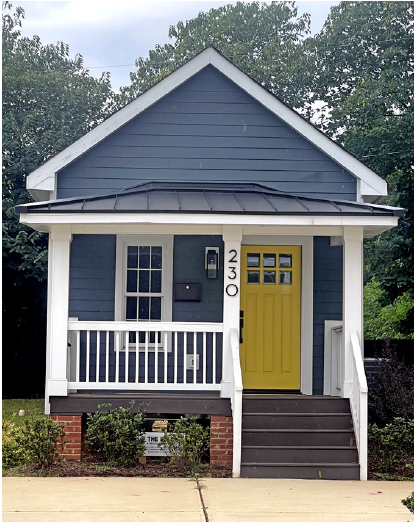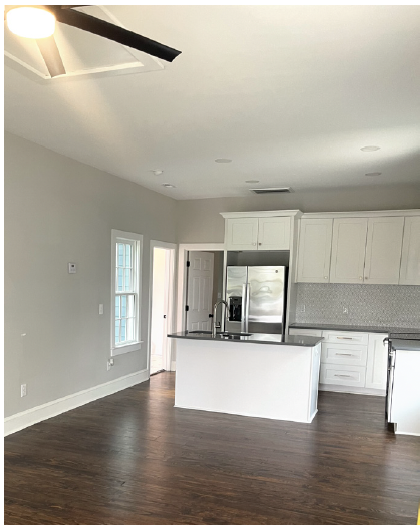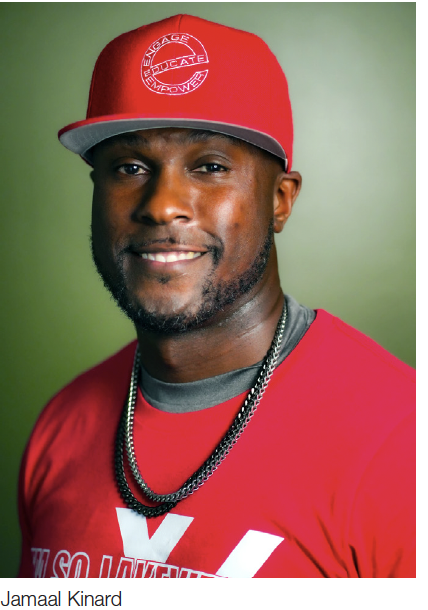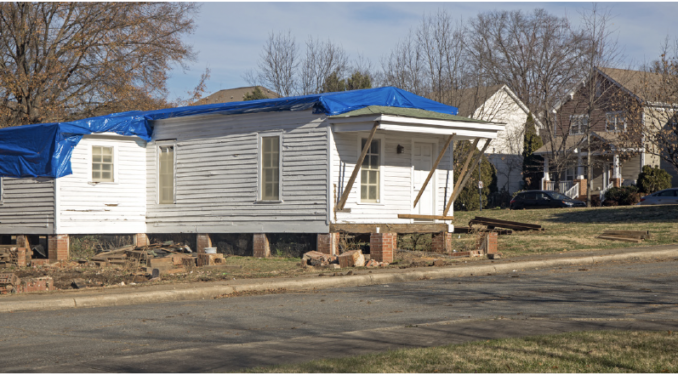
Charlotte’s shotgun homes reimagined as affordable housing
By Brenda Porter-Rockwell
After years of determined planning and collaboration, Charlotte’s West Side has welcomed a powerful symbol of preservation and progress: two historic “shotgun homes,” relocated and repurposed as affordable housing.
More than a housing solution, the project — spearheaded by a coalition of community partners including the West Side Community Land Trust (West Side CLT), Lakeview Neighborhood Alliance, the Harvey B. Gantt Center for African- American Arts + Culture and the City of Charlotte showcased the benefits of community-led development and the value of protecting affordability in neighborhoods rich with history and resilience.
It’s a community thing — preserving homes
In 2023, the Gantt Center, the most recent owners of the shotgun homes, reached out to West Side CLT with a simple request: Help save the houses and preserve a bit of history before the homes were demolished to make way for a new affordable housing development.
“We were creative and thoughtful about how we would use the shotgun homes. Over time, it just kind of morphed into an idea where we would use them as tiny house [accessory dwelling units (ADUs)],” said Charis Blackmon, Executive Director of the non-profit West Side CLT.
ADUs are small, self-contained living spaces on the same property as a primary residence.
From the first conversation with the Gantt Center, West Side CLT only had about one year to identify an appropriate site and move two historic houses. Blackmon said the search for a neighborhood included keeping West Side CLT’s mission and values at the forefront.
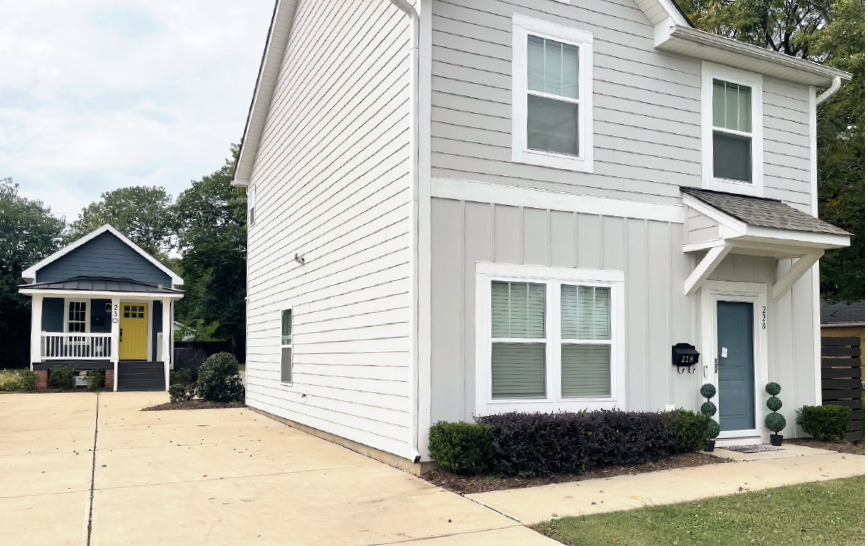
“We’re founded by neighbors. Everything that we develop, everything we do, is at the request of neighbors,” said Blackmon, who added that multi-agency collaboration required West Side CLT to work within guidelines from local government entities like the Charlotte-Mecklenburg Historic Landmarks Commission.
“We had to make sure that not only were we being responsive to community needs, but that we were also honoring the history of the homes and not renovating them too extensively,” said Blackmon.
Finally, a piece of land in the Lakeview neighborhood came into focus. Lakeview became the prime location after West Side CLT researched other avenues to repurpose the houses
Blackmon said she began to wonder: “What if we pilot the accessory dwelling units on this site by moving the shotgun homes here and keeping them as tiny units?”
West Side CLT eventually entered a partnership with Lakeview Neighborhood Alliance (LNA) after learning LNA was already envisioning a community ADU model to boost affordable housing.
History gets a new address
The houses, built in the1890s, were originally located on West Bland Street in an area called Blandville. One house was occupied by Lula McCullough and the other by her son, James. Considered affordable rental units at the time, the houses were the last remaining shotgun homes in the neighborhood.
In 1986, the houses were moved from West Bland Street to the corner of East Seventh and North Alexander Streets where they were renovated and used by Charlotte’s Afro-American Culture Center, and later the Gantt Center to educate visitors about the city’s rich Black history. In 2020, West Side CLT acquired both houses and relocated them to their current site on Norwood Drive as affordable housing in a rapidly gentrifying area of Charlotte.
Charlotte is in desperate need of affordable housing. According to the United Way of Greater Charlotte, only 8% of the City’s rental housing stock is considered affordable. Contributing factors include redevelopment, high property values, increased construction and renovation costs, and businesses purchasing available stock.
Blackmon said the project is a key example of aligning partners and the community alongside groups like LNA and historical preservation in service of creating affordable housing.
“One of our core values with the land trust is recognizing neighbors as the experts of their community. So, I think one of the important components of preserving these shotgun homes and bringing them to Lakeview was to demonstrate what’s possible in this community with neighbors versus external sources coming in and trying to solve problems,” Blackmon said.
LNA’s Director, Jamaal Kinard echoed the sentiment.
“I think value alignment is key. We have to be very intentional and very strategic in how you go about doing things. I think that [shotgun houses project] helped us launch and show our proof of concept,” said Kinard. Since the historic houses were relocated to Lakeview, Kinard and one of his neighbors have each added an ADU to their property.
“Now we have these four proofs of concepts, and an example of how we can be intentional about affordable housing,” Kinard said.
The story of “Lula” and “James”
Today the historic homes are affectionally named “Lula” and “James.” The renovation process was meticulous, ensuring historical accuracy while incorporating a modern aesthetic. For example, the homes incorporate a partial pier and beam foundation around the front, a building style reminiscent of the original construction. Then foundation then transitions into a modern wall as you move to the rear of the home.
“If you look closely at our houses … we can still mark exactly where those original piers were to honor the original history and esthetic of the house,” said Blackmon, adding that history doesn’t have to be excluded to drive more affordable housing.

